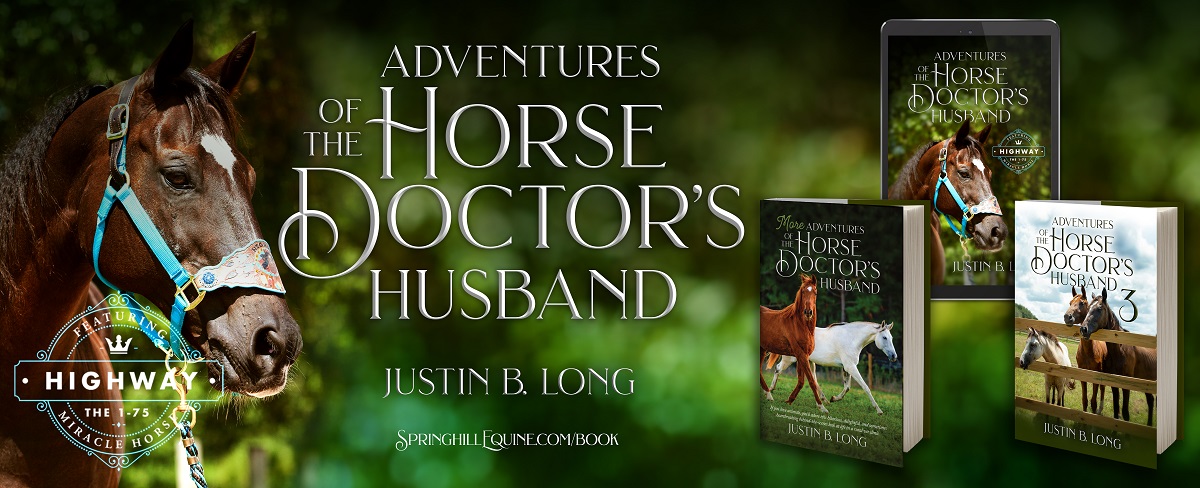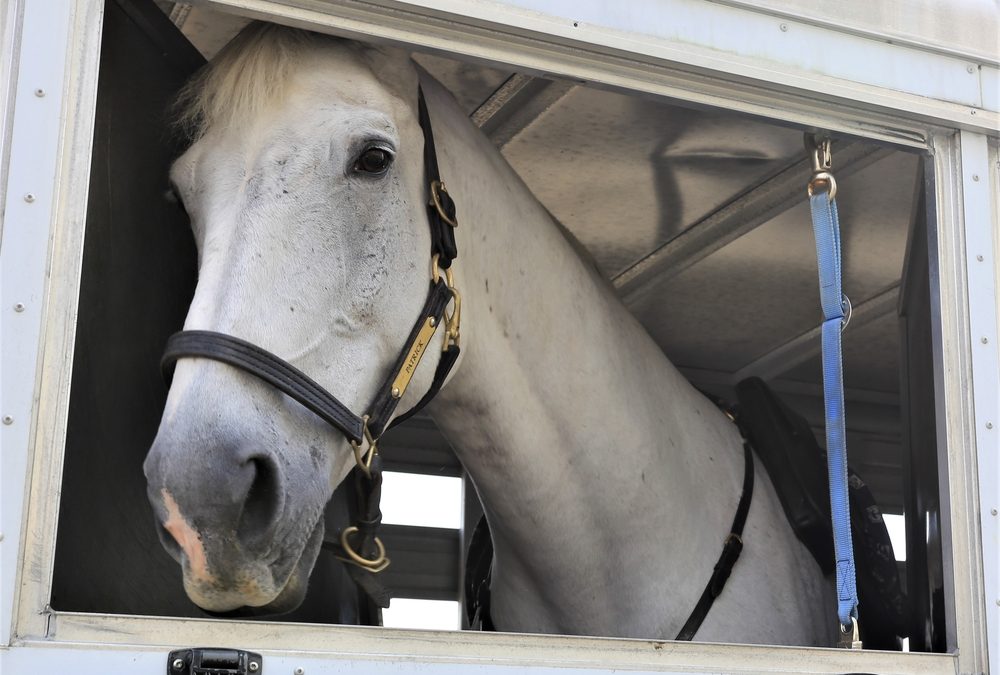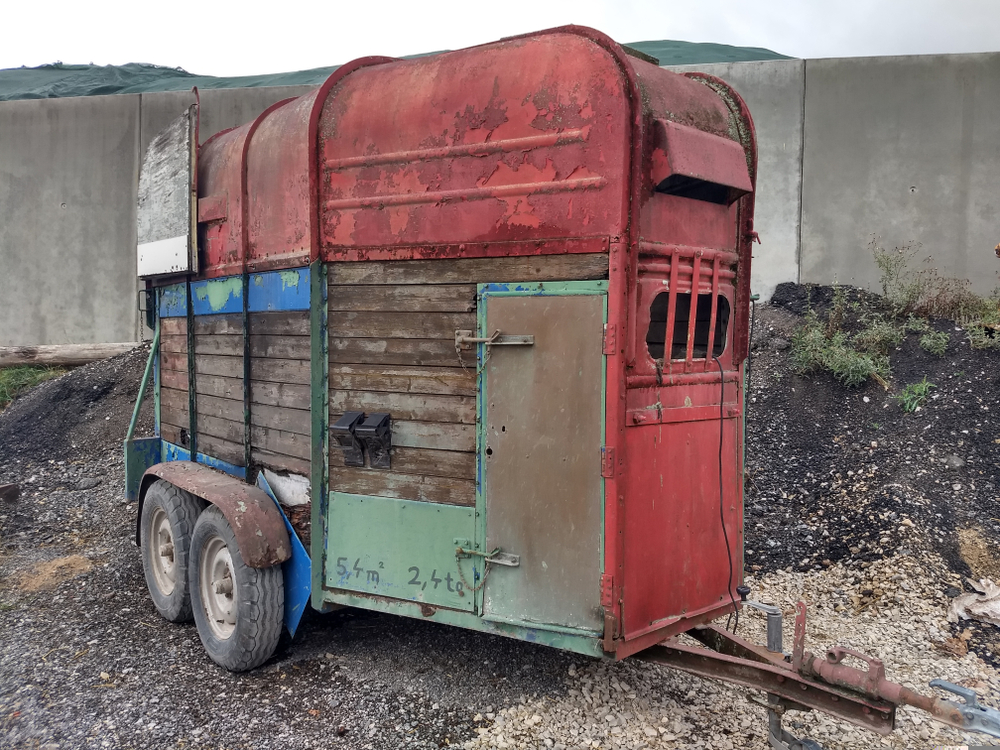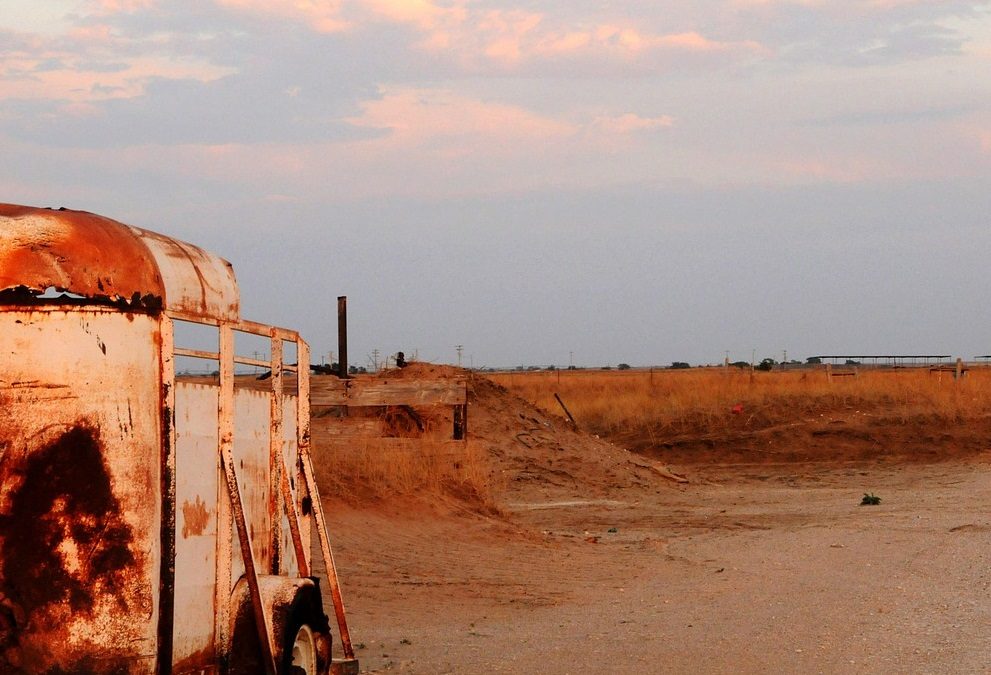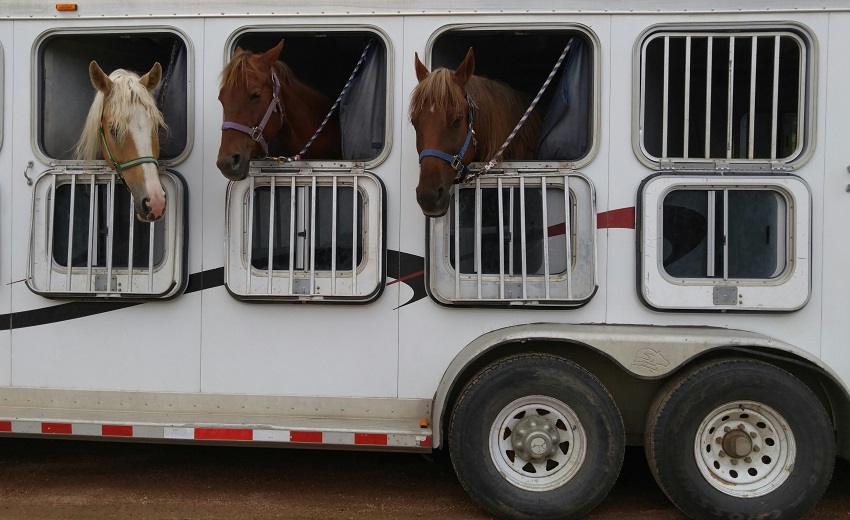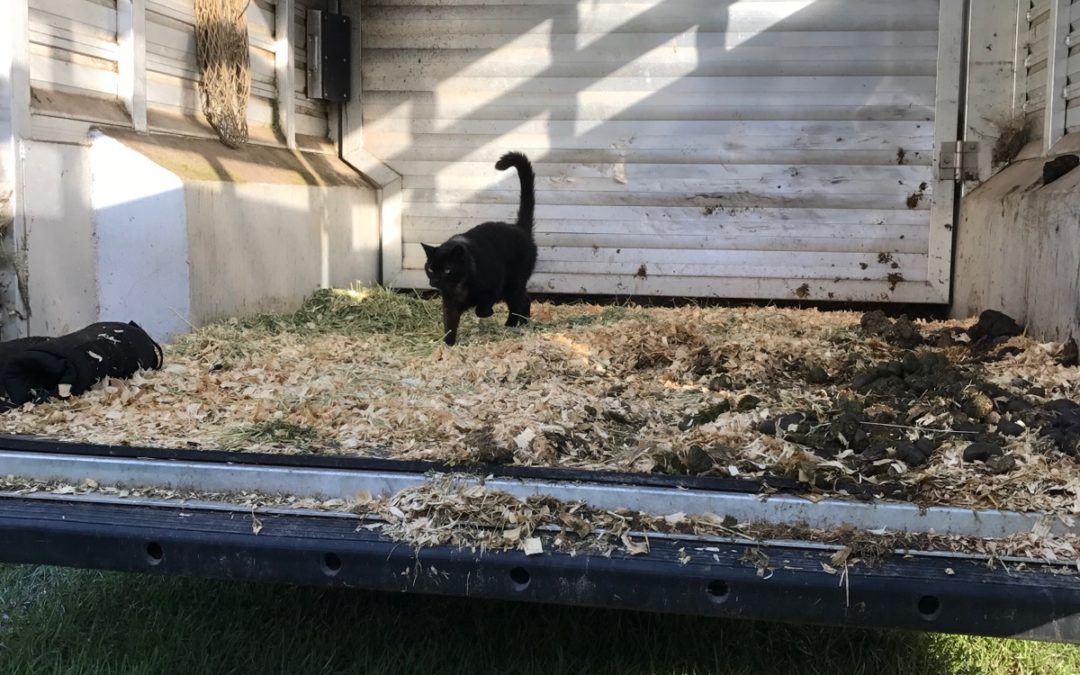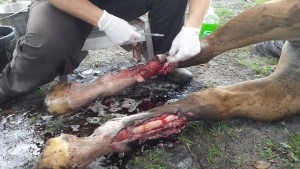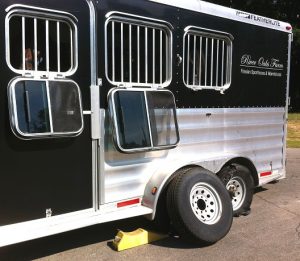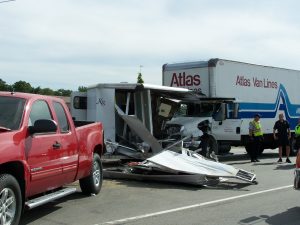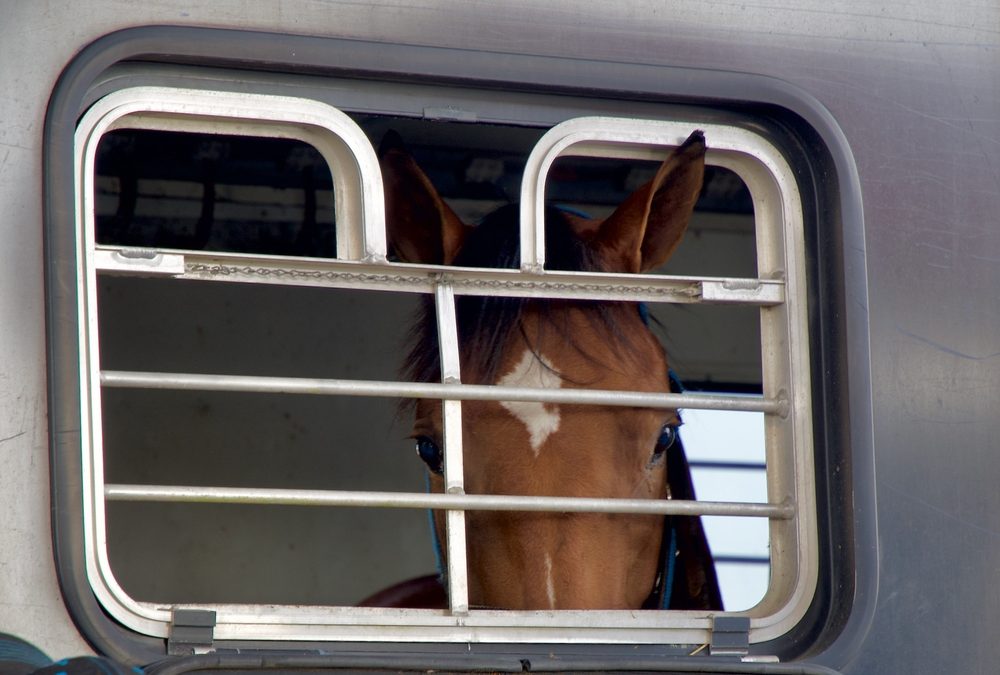
Whinny’s Guide to Keeping Horses Cool on the Road
Whinny’s Wisdoms

Now, I, Whinny, wouldn’t claim to be an expert on horses. After all, I’m just a field mouse who’s taken up residence in a cozy corner of Springhill Equine Veterinary Clinic. But between the hushed whispers of the vets and the whinnies of incoming patients, I’ve picked up a thing or two about these creatures. With summer coming, one topic kept cropping up – trailering in the heat.
Apparently, just like that shiny metal box humans call a car, the inside of a horse trailer can turn into a furnace on a hot day. Horses, unlike us nimble mice, can’t exactly pop open a window for some fresh air. And that’s where trouble starts.
Here’s the thing: horses sweat to cool down, just like humans. But unlike us, they need good airflow for that sweat to evaporate and keep them comfortable. Stuck in a stuffy trailer, that sweat just sits there, making things even hotter. My doctors say it can be 20 degrees hotter inside the trailer compared to outside – yikes!
And that’s not all. Did you know horses can’t cough properly with their heads held high? Imagine having a tickle in your throat but being unable to bend over and clear it! Apparently, the jostling of the trailer can send dust and hay bits flying, making a cough crucial. If the trailer doesn’t have enough space for a good head-low cough (or their head is tied too high), that tickle can turn into a serious respiratory problem down the road.
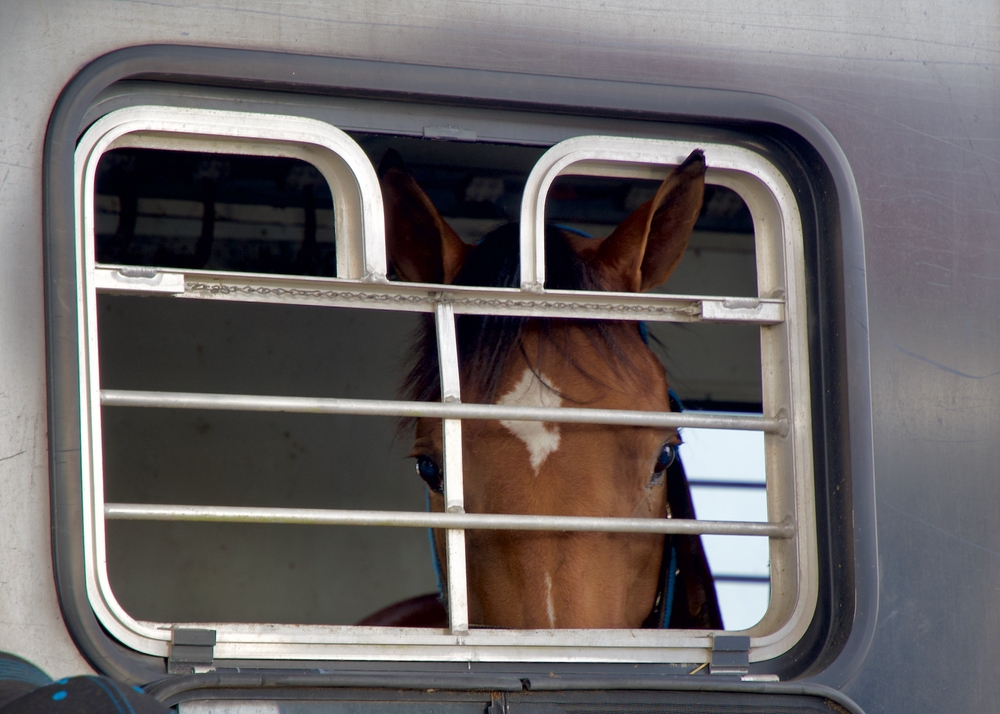
Speaking of down the road, even short trips can be stressful for horses. Studies, the kind my doctors love to quote, show that even a four-hour journey can send a horse’s stress levels through the roof. Their cortisol (the stress hormone) goes up, and their immune system takes a dive – not exactly ideal for facing new environments.
So, what can we do to help horses stay cool and comfortable on their summer adventures? Well, for starters, ventilation is key. Open all those vents and windows on the trailer, anything to get some air circulating. Think of it like my little burrow – nice and cool with plenty of fresh air coming through. If you can safely lock the dutch doors open, that’s even better. Just make sure you put a fly mask on them to protect their eyes from flying bits!
Whinny Wisdom: If the roof/ceiling of your trailer isn’t insulated, you might consider having some sort of insulation installed. There are several ways to do this, depending on how your trailer is designed. Spray foam, boards or panels, and liners are all options you can ask your local trailer shop about. An insulated roof makes an incredible difference in internal temperature. A good rule of thumb: if you can’t put your thumb on the ceiling of your trailer on a hot afternoon without getting burned, it needs some insulation!
Next up – water, water, water! Horses need to stay hydrated to regulate their body temperature. Frequent stops are a must, not just for filling up the gas tank but also for offering your equine friend a good long drink. A hose down might be appreciated too if possible.
Now, I may be a mouse, but even I know that ice melts. That whole trick of putting ice on the trailer floor to cool things down? Turns out, it’s a myth! The ice might cool the floor a bit, but it won’t do much for the overall temperature. Think of it like putting an ice cube in a hot cup of cocoa – sure, the ice itself will be cold, but the cocoa will still be steaming. Also, heat rises and cold sinks, so that’s a basic physics calculation.
There’s more to consider, of course. Trailer shade is important – parking under a tree or using a sunshade can make a big difference. Light-colored trailers absorb less heat, so that might be something to keep in mind for future trailer purchases (although, let’s be honest, that’s not exactly a quick fix).
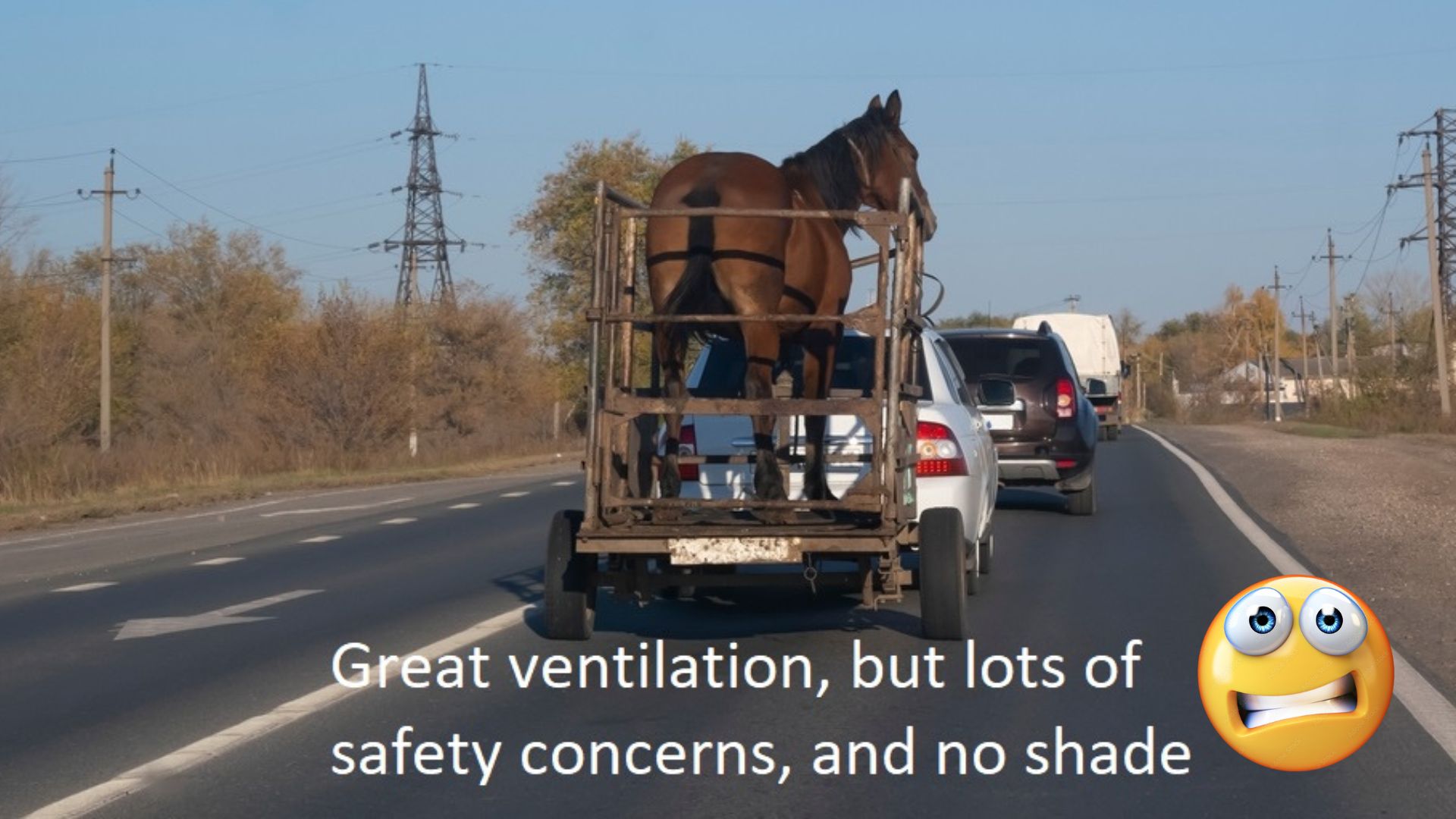
Here’s a bonus tip I overheard my doctors mention – electrolytes! These are like magic potions for horses, helping them replenish what they lose through sweat. A little electrolyte paste before the trip and some offered during rest stops can go a long way in keeping them feeling their best.
Remember, a happy horse is a healthy horse. By taking these precautions and planning your trip for cooler hours if possible, you can ensure your horse arrives at their destination safe, sound, and ready for new adventures. And that, from this little field mouse’s perspective, is a win-win situation!
So, there you have it! A crash course in keeping horses cool on the road, all from the perspective of a very curious field mouse. Now, if you’ll excuse me, I have some delicious crumbs waiting on me.
Until next week,
~Whinny
P.S. Our YouTube Channel is packed with great veterinary videos! There’s something for every horse owner, no matter what kind of horse you have! Make sure you like and subscribe so you don’t miss future videos 😊
 Whinny’s Wisdoms is the official blog of Whinny the Clinic Mouse at Springhill Equine Veterinary Clinic in Newberry, Florida. If you liked this blog, please subscribe below, and share it with your friends on social media! For more information, please call us at (352) 472-1620, visit our website at SpringhillEquine.com, or follow us on Facebook!
Whinny’s Wisdoms is the official blog of Whinny the Clinic Mouse at Springhill Equine Veterinary Clinic in Newberry, Florida. If you liked this blog, please subscribe below, and share it with your friends on social media! For more information, please call us at (352) 472-1620, visit our website at SpringhillEquine.com, or follow us on Facebook!
[jetpack_subscription_form title="Subscribe to Whinny's Wisdoms"]
